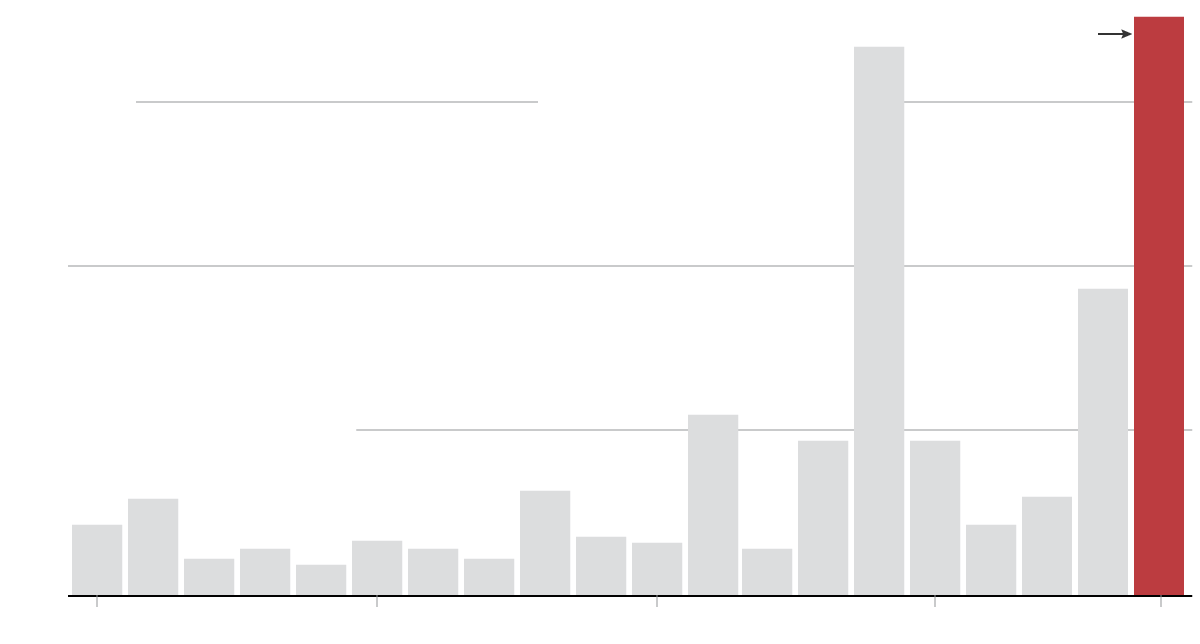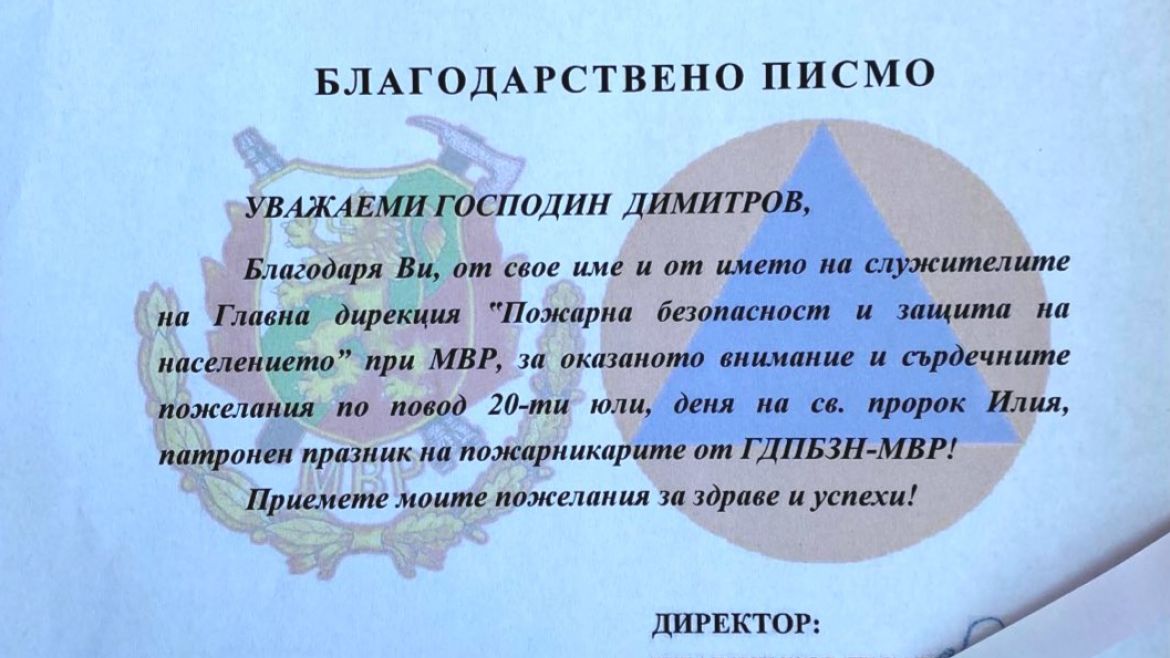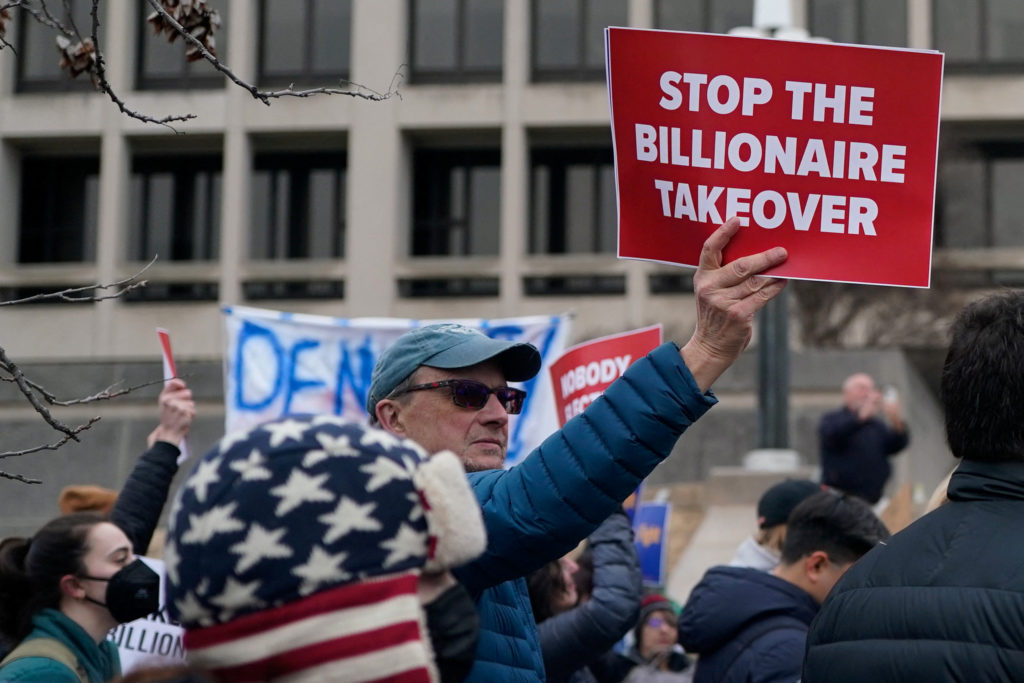Measles Cases In The US: A Slowdown Explained

Table of Contents
The Crucial Role of Vaccination in Reducing Measles Cases in the US
The most significant factor contributing to the reduction of measles cases in the US is the increased uptake of the MMR (Measles, Mumps, and Rubella) vaccine. High vaccination rates are essential for achieving herd immunity, a critical factor in controlling the spread of highly contagious diseases like measles.
Increased Vaccination Rates
- Statistics: The CDC reports a steady increase in MMR vaccination coverage among children aged 19-35 months, exceeding 90% in many states. This significant improvement in vaccination rates is directly correlated with the decrease in reported measles cases.
- Age Groups: Improvements are particularly noticeable in age groups previously lagging behind in vaccination rates, demonstrating the impact of targeted public health interventions.
- Vaccine Effectiveness: The MMR vaccine is highly effective, with over 97% efficacy in preventing measles infection after two doses. This protection is crucial in breaking the chain of transmission.
- Herd Immunity: Achieving herd immunity, where a large percentage of the population is immune, protects even those who cannot be vaccinated, such as individuals with weakened immune systems. High MMR vaccination rates create this protective shield within the community.
Addressing Vaccine Hesitancy
Despite the proven efficacy of the MMR vaccine, vaccine hesitancy remains a challenge. Misinformation and unfounded fears surrounding vaccine safety continue to fuel this hesitancy, posing a threat to public health.
- Public Health Campaigns: Numerous campaigns employ evidence-based information to address concerns and build trust in vaccines. These campaigns use various media, including social media and community outreach programs.
- Healthcare Provider Education: Healthcare providers play a vital role in educating patients and answering their questions about vaccines. Open communication and clear explanations are crucial in overcoming vaccine hesitancy.
- Community Engagement: Building trust within communities requires engagement with community leaders and addressing specific concerns raised by those hesitant towards vaccination.
Enhanced Public Health Surveillance and Response to Measles Outbreaks
Improved public health surveillance and rapid response systems have significantly contributed to the decline in measles cases. Early detection and swift action are vital in preventing widespread outbreaks.
Early Detection and Containment
- Reporting Mechanisms: Robust reporting systems enable healthcare providers to quickly identify potential measles cases, facilitating prompt investigation and response.
- Contact Tracing: Effective contact tracing allows public health officials to identify and monitor individuals who may have been exposed to the virus. This helps prevent further spread.
- Quarantine Measures: In cases of confirmed measles, quarantine measures may be implemented to isolate infected individuals and prevent transmission. This is a crucial part of outbreak containment.
- Successful Containment Strategies: Examples of effective outbreak management strategies demonstrate the importance of swift and decisive action in preventing widespread transmission.
Improved Communication and Public Awareness
Clear and accessible information empowers individuals to protect themselves and their communities. Effective public health communication is crucial in raising awareness about measles prevention.
- Public Health Campaigns: Public health campaigns utilize multiple channels to disseminate accurate information regarding measles symptoms, prevention, and vaccination.
- Social Media Strategies: Utilizing social media platforms allows for targeted communication and rapid dissemination of critical information during outbreaks.
- Educational Materials: Providing easily accessible educational materials, such as brochures and online resources, empowers individuals to make informed decisions.
Other Contributing Factors to the Decline in Measles Cases in the US
While vaccination remains the cornerstone of measles prevention, other factors also contribute to the decline in cases.
Improved Hygiene Practices
Basic hygiene practices play a significant role in reducing the transmission of measles and other infectious diseases.
- Handwashing: Frequent handwashing with soap and water is essential in preventing the spread of germs.
- Respiratory Etiquette: Covering coughs and sneezes helps contain respiratory droplets that carry the measles virus.
- Sanitation Improvements: Improved sanitation in communities contributes to a healthier environment and reduces the risk of infection.
Border Control and International Travel Measures
Monitoring international travel and implementing appropriate measures help prevent the importation of measles cases into the US.
- Screening Procedures: Enhanced screening procedures at points of entry help identify travelers who may be infected.
- Travel Advisories: Issuing travel advisories warns individuals of outbreaks in other countries and recommends preventative measures.
- International Collaboration: Collaboration with international health organizations facilitates the sharing of information and coordinated response efforts.
Conclusion
The decline in measles cases in the US is a significant achievement attributable to a multifaceted approach. Increased vaccination rates, improved public health surveillance, effective communication strategies, and enhanced hygiene practices have all contributed to this success. Maintaining these efforts and continuing to address vaccine hesitancy are critical to ensuring the long-term protection of the US population from measles. Let's continue working together to keep measles cases in the US low through increased vaccination and responsible public health initiatives. The fight against measles requires ongoing commitment and vigilance; protecting our communities demands consistent effort in promoting measles vaccination and implementing effective public health strategies.

Featured Posts
-
 Jayne Hintons Sundae Servings On Bolton Fm A Guide For Listeners
May 30, 2025
Jayne Hintons Sundae Servings On Bolton Fm A Guide For Listeners
May 30, 2025 -
 Exploring The Baim Collection A Lifetime Of History
May 30, 2025
Exploring The Baim Collection A Lifetime Of History
May 30, 2025 -
 Tunnel De Tende Ouverture Prevue En Juin Selon Le Ministre Tabarot
May 30, 2025
Tunnel De Tende Ouverture Prevue En Juin Selon Le Ministre Tabarot
May 30, 2025 -
 Remembering Anna Neagle A Look At Her Enduring Presence In British Cinema
May 30, 2025
Remembering Anna Neagle A Look At Her Enduring Presence In British Cinema
May 30, 2025 -
 Iga Swiatek Wins In Madrid While Alex De Minaur Suffers Straight Sets Loss
May 30, 2025
Iga Swiatek Wins In Madrid While Alex De Minaur Suffers Straight Sets Loss
May 30, 2025
Latest Posts
-
 Grigor Dimitrov Vliyanieto Na Kontuziyata Vrkhu Karierata Mu
May 31, 2025
Grigor Dimitrov Vliyanieto Na Kontuziyata Vrkhu Karierata Mu
May 31, 2025 -
 Kontuziyata Na Grigor Dimitrov Aktualna Informatsiya I Analiz
May 31, 2025
Kontuziyata Na Grigor Dimitrov Aktualna Informatsiya I Analiz
May 31, 2025 -
 Trumps Uncertainty What Made Him Question Elon Musk
May 31, 2025
Trumps Uncertainty What Made Him Question Elon Musk
May 31, 2025 -
 Uncertainty And The End Trumps Doubts About Elon Before The Break
May 31, 2025
Uncertainty And The End Trumps Doubts About Elon Before The Break
May 31, 2025 -
 Everything Revealed In The Star Trek Strange New Worlds Season 3 Teaser
May 31, 2025
Everything Revealed In The Star Trek Strange New Worlds Season 3 Teaser
May 31, 2025
